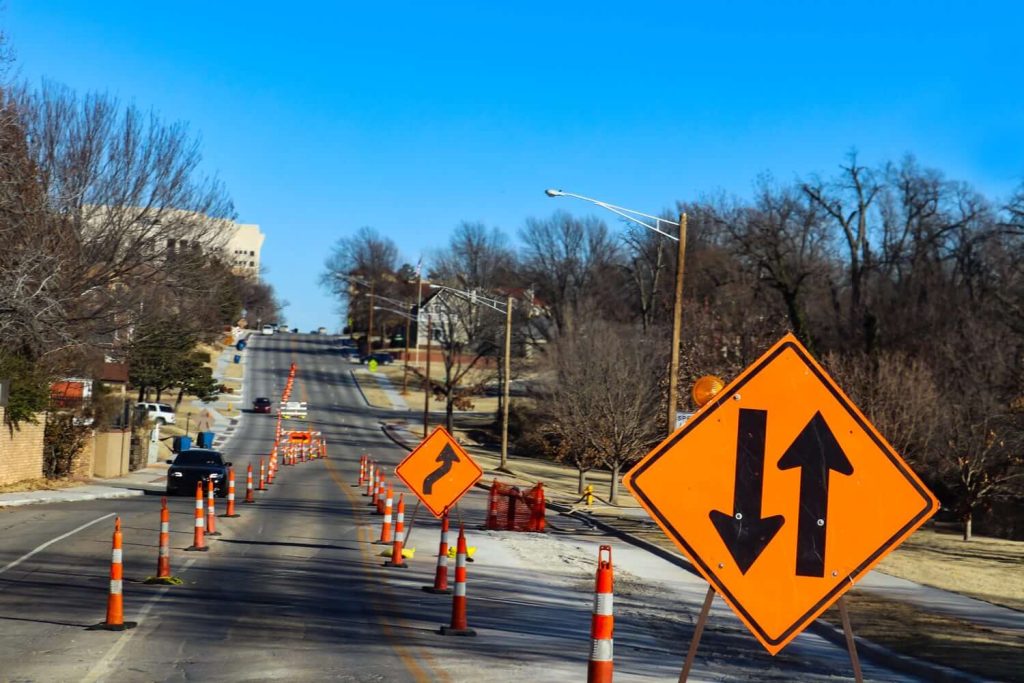Of course, most drivers are aware of many of the common causes of car accidents, including speeding, distracted driving and wet or icy conditions.
But there’s one traffic scenario where chances of getting into a collision are higher, but that you won’t find in lists of the causes of car accidents.
CHANCES OF A CAR ACCIDENT INCREASE WHEN ONE LANE OF TRAFFIC IS STOPPED AND OTHER LANES ARE MOVING
THE SCENARIO:
On roads where there are two or more lanes of traffic travelling in the same direction, there will be times when the traffic in one lane is stopped while the other lane(s) continue to flow.
SOME EXAMPLES:
On city roads, like Eginton or Bayview here in Toronto, this could be due to a car in the passing lane making a left turn and waiting for oncoming traffic to clear.
On highways, like the 401 or 400, this can happen when a lane has been blocked due to a slow down, accident or construction.
WHY THESE SCENARIOS INCREASE THE CHANCES OF A COLLISION
To see why situations like this can increase the likelihood of an accident, you just have to picture yourself in the situation.
If you’re in the blocked lane, and traffic is going along nicely right beside you, you can think of only one thing. “I gotta get into that lane!”.
The stopped drivers, anxious to not be held up any longer, are looking for openings in the moving lanes into which they can accelerate.
But that isn’t as easy as a regular lane change. First, they are starting from a standstill. Second not only are they keeping an eye open for a gap in the oncoming traffic, they have to pay attention to the cars stopped in front of them, in case they start to move. And they need to look out for others behind them accelerating into the same opening.
Improper lane changes are among the leading causes of car accidents. The chances of an improper lane change are far higher in the case of drivers trying to leave a stopped lane to get into a flowing lane.
In this scenario, drivers in both the stopped lanes and the flowing lanes should use extra caution to minimize their chances of getting into a collision.

